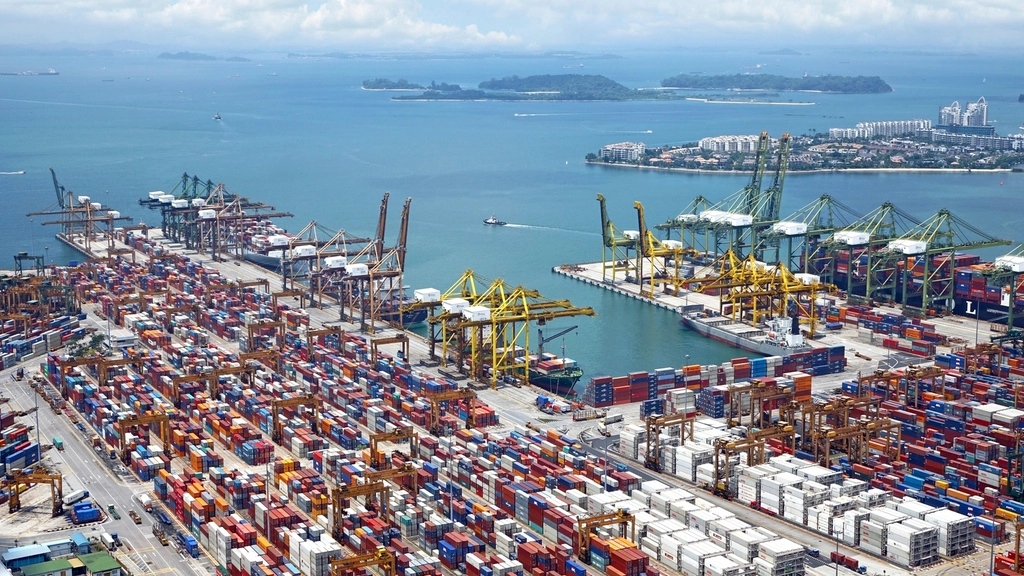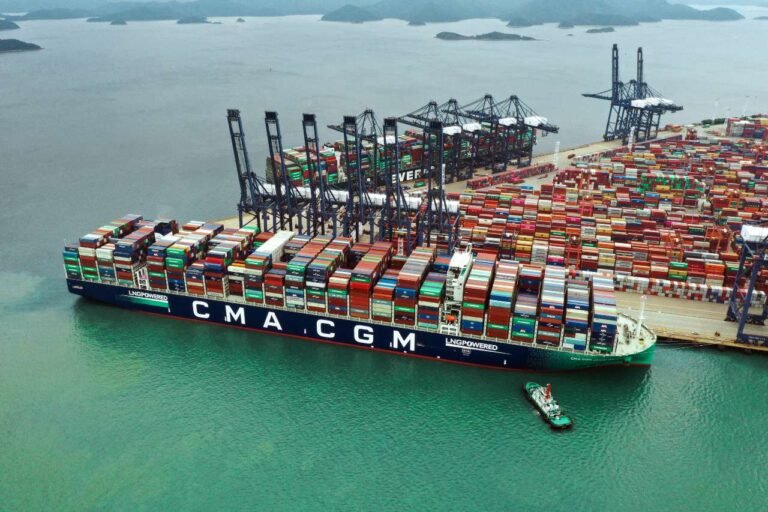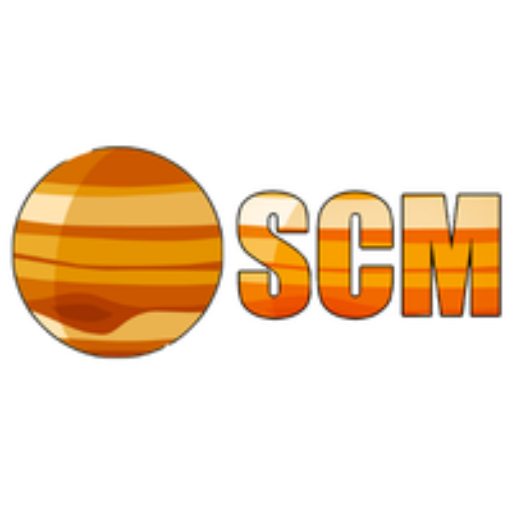Key takeaways
- Importing goods involves navigating various complexities that require careful consideration.
- Understanding import regulations, customs duties, and documentation requirements is essential.
- Conducting thorough market research helps identify viable suppliers and evaluate product quality.
- Building strong relationships with reliable international suppliers is crucial for smooth importing.
- Proper planning and forecasting is necessary to manage inventory and avoid stock shortages or excess.
- Working with experienced customs brokers or freight forwarders can simplify the import process.
Importing goods into the United States can be a lucrative endeavor, offering access to a vast consumer market and a global network of suppliers. However, it is essential for importers to navigate the intricate web of regulations and considerations to ensure a smooth and successful operation. In this article, we will explore fifteen crucial factors and pitfalls to avoid when engaging in the import process.


Don’t #1: Ignoring Import Restrictions
One of the most critical factors in importing is understanding and complying with import restrictions imposed by the US government. These restrictions may vary depending on the product and can change over time. It is crucial not to assume that your product is exempt from these restrictions or that they will always remain the same.
According to recent statistics from the United States International Trade Commission (USITC), there were over 6,000 active import restrictions as of 2022, covering a wide range of products, including textiles, electronics, and agricultural goods (USITC, 2022). Staying informed about these restrictions is vital to avoid costly delays or penalties.
Don’t #2: Overlooking Specific Requirements
In addition to import restrictions, certain products may have specific requirements for importation, such as certifications, licenses, or labeling standards. Importers must thoroughly research and comply with these requirements to ensure a smooth customs clearance process.
For instance, in 2023, the US Food and Drug Administration (FDA) implemented new labeling regulations for food products to improve transparency and safety (FDA, 2023). Failing to adhere to these specific requirements can result in delays and even product recalls.
Don’t #3: Misclassifying Products
Accurate product classification is crucial for determining the applicable customs duties, taxes, and regulations. Importers should avoid arbitrary harmonized code numbers and ensure their products are properly categorized.
The Harmonized System (HS) is an international classification standard used by most countries, including the United States. It assigns a unique code to each product based on its characteristics, materials, and intended use. Incorrect classification can lead to underpayment or overpayment of duties, both of which have financial implications for importers.
Don’t #4: Incorrectly Representing Country of Origin
Determining the country of origin for imported goods is a critical aspect of international trade. Importers must not rely on “common sense” or personal sentiments when representing the country of origin but rather adhere to established rules and regulations.
The US Customs and Border Protection (CBP) determines the country of origin based on specific criteria, such as where the product was substantially transformed or where its most significant manufacturing process took place. Misrepresenting the country of origin to gain preferential treatment is a violation of customs laws and can lead to penalties and loss of trade privileges.
Don’t #5: Overlooking Preferential Duty Programs
Importers should explore the various preferential duty programs offered by US Customs Law and trade agreements with individual nations or groups of nations. These programs can provide significant cost savings and competitive advantages.
The Generalized System of Preferences (GSP), for example, allows eligible countries to export certain products duty-free to the United States. As of 2023, the GSP program includes 120 beneficiary countries (USTR, 2023). By leveraging these programs, importers can reduce costs and enhance their competitiveness in the US market.
Don’t #6: Neglecting the Transaction Value Calculation
The transaction value, or entry value, of an import is crucial for determining the customs duties and fees. Importers should understand that the transaction value is not solely the FOB (Free On Board) value of the product but includes additional elements such as royalties, license fees, and the cost of assistance.
By carefully considering all the components that contribute to the transaction value, importers can accurately assess their financial obligations and avoid potential disputes with customs authorities.
Don’t #7: Providing False Information
Integrity and honesty in import documentation are paramount. Importers must refrain from making false statements or misrepresenting information to reduce duties or participate in preferential duty schemes they are not eligible for.
US Customs Law requires accurate reporting of transaction values and country of origin. Failure to comply can result in significant penalties and legal consequences. Importers should prioritize compliance and establish robust internal controls to ensure the accuracy of their import declarations.
Don’t #8: Overlooking Vendor Performance History
Selecting the right payment option for import operations involves considering the performance history of overseas vendors. Importers should conduct due diligence to assess the reliability, financial stability, and reputation of potential suppliers.
Working with reputable vendors mitigates the risk of non-performance, delays, or inferior product quality. Additionally, it is essential to establish clear payment terms and mechanisms to protect the interests of both parties involved in the import transaction.
Don’t #9: Confusing INCOTERMS with Other Sales Terms
Understanding international commercial terms, specifically INCOTERMS (International Commercial Terms), is crucial for importers. INCOTERMS define the rights and responsibilities of buyers and sellers regarding the delivery, insurance, and transfer of risk for goods in international trade.
Importers must avoid confusing INCOTERMS with other sales term formulations, such as the Warsaw Terms, the Uniform Commercial Code, or the Revised American Foreign Trade Definitions. Familiarity with INCOTERMS ensures clarity and alignment between all parties involved in the import transaction.
Don’t #10: Inadequate Insurance Coverage
When engaging in import transactions, importers should consider the sufficiency of insurance coverage. It is essential to assess the transfer points for title and risk of loss, as well as the chosen payment method.
Choosing the appropriate insurance coverage protects importers from potential losses or damages during transit. Collaborating with insurance professionals and considering the specific needs of each import transaction is crucial to ensure comprehensive coverage.


Don’t #11: Relying Solely on Letters of Credit
Letters of credit (LCs) are commonly used in international trade as a method of payment and risk mitigation. However, importers should not assume that using an LC alone replaces the need for a legally binding purchase agreement.
An LC primarily addresses the financial aspect of the transaction, ensuring payment to the exporter. It does not replace the need for a comprehensive purchase agreement that covers other critical aspects such as product specifications, quality standards, and delivery terms. Importers should establish clear contractual agreements to protect their interests fully.
Don’t #12: Inconsistent Import Transactions
Consistency in import transactions is vital to avoid confusion, errors, and potential penalties. Importers should establish internal processes and documentation standards that ensure consistency across all import operations.
Maintaining accurate and up-to-date records, adhering to consistent classification practices, and complying with customs regulations enhance efficiency and reduce the risk of non-compliance. Implementing robust systems and quality control measures fosters consistency and reliability throughout the import process.
Don’t #13: Neglecting Customs House Broker Instructions
Customs house brokers play a crucial role in facilitating smooth customs clearance. Importers should provide their customs house broker with a comprehensive letter of instructions to ensure accurate and efficient handling of import documentation.
Furthermore, it is essential to verify that the customs house broker has errors and omissions insurance coverage, which protects against potential errors or negligence during the customs clearance process. By establishing effective communication and documentation protocols, importers can streamline their import operations.
Don’t #14: Non-Compliance with Record-Keeping Standards
US Customs Law imposes stringent record-keeping requirements on importers. Compliance with these standards is essential to demonstrate adherence to regulations and facilitate auditing and verification processes.
Importers must maintain complete and accurate records of their import transactions, including invoices, shipping documents, customs declarations, and any other relevant documentation. Failure to comply with record-keeping standards can lead to penalties and delays in future customs processes.
Don’t #15: Overlooking Duty Drawback Opportunities
Importers should explore the duty drawback program, a government-funded program available to US importers. Duty drawback allows importers to obtain refunds on customs duties paid when imported goods are subsequently exported or destroyed.
By identifying applicable duty drawback opportunities, importers can effectively reduce their overall import costs and improve cash flow. Engaging with experts in duty drawback and staying informed about program requirements is crucial to leverage this potential benefit.
Importing goods into the United States offers immense opportunities for businesses, but it also presents numerous challenges and complexities. By avoiding these fifteen common pitfalls and considering key factors such as import restrictions, specific requirements, accurate classification, and compliance with customs laws, importers can navigate the import process successfully.
Staying informed about changes in regulations, leveraging preferential duty programs, establishing strong vendor relationships, and ensuring robust documentation and insurance coverage are vital elements for importers to thrive in the competitive global marketplace. With a strategic and diligent approach, importers can unlock the benefits of international trade and establish a solid foundation for sustained success.
Conclusion
In conclusion, successfully navigating the complexities of importing requires careful consideration of key factors and avoiding common pitfalls. By understanding import regulations, conducting thorough market research, building strong supplier relationships, and implementing effective planning and forecasting, businesses can optimize their import operations. Collaborating with experienced customs brokers or freight forwarders, ensuring compliance with import laws, and managing logistics efficiently are vital for a smooth importing process. Additionally, monitoring currency risks and maintaining transparent communication with stakeholders contribute to overall success. By staying informed, adaptable, and proactive, businesses can overcome challenges and achieve successful importing ventures in today’s global trade landscape.
FAQ
What are the factors to consider when importing?
Here are some important points to keep in mind:
- Assessing the Market Size:
- Before importing any product, evaluate whether there is a local market for it. Ask yourself:
- Is there demand for your product in your target market?
- Will your product fill a gap or satisfy a need for consumers?
- What is the competition like?
- How does your product compare to what’s already available?
- Conduct focus groups and speak to local consumers to gauge their interest. If there’s little demand, you risk ending up with obsolete inventory.
- Before importing any product, evaluate whether there is a local market for it. Ask yourself:
- Finding the Right Import Supplier:
- Research and identify reliable suppliers. Consider the following:
- Browse platforms like Alibaba and Global Sources to find potential suppliers.
- Shortlist your top suppliers and visit their facilities.
- Assess their production capabilities, equipment, and export processes.
- Understand their business thoroughly to determine if they’re a good fit for your needs.
- Research and identify reliable suppliers. Consider the following:
- Pricing Your Products:
- Pricing is critical for import businesses. Calculate the landing cost of your goods, including:
- Taxes, import duties, and transport charges.
- Fixed expenses (rent, utilities, salaries).
- Pricing is critical for import businesses. Calculate the landing cost of your goods, including:
- Sourcing a Reliable Cross-Border Payments Partner:
- Efficient cross-border payments are essential. Look for a partner that:
- Facilitates smooth international transactions.
- Offers competitive exchange rates and low fees.
- Ensures timely payments to suppliers.
- Efficient cross-border payments are essential. Look for a partner that:
- Developing a Winning Go-to-Market Strategy:
- Plan how you’ll introduce your imported products to the market:
- Marketing and advertising strategies.
- Distribution channels (online, retail, wholesale).
- Brand positioning and differentiation.
- Plan how you’ll introduce your imported products to the market:
What are the 5 steps in the importation process?
Here are five basic steps to consider:
- Decide on the Country:
- Different countries have varying export/import regulations. Consider factors such as cost, trade agreements, and legal requirements when choosing the country to import from1.
- Search for Suppliers:
- If you’re a new importer, government agencies can provide information and answer your questions.
- Look for reliable suppliers who can meet your product requirements and quality standards.
- Understand Duties and Taxes:
- Research the duties, taxes, and fees associated with importing specific goods. This includes customs duties, VAT, and other charges.
- Find a Reliable Freight Forwarder and Customs Broker:
- A freight forwarder helps coordinate shipping logistics, while a customs broker assists with customs clearance.
- Choose experienced professionals to handle your cargo efficiently.
- Ship the Goods On Time:
- Coordinate with your chosen shipping method (sea or air) to ensure timely delivery of your imported goods1.
What are the pitfalls of exporting?
Here are some disadvantages to consider:
- Risk and Uncertainty:
- Exporting involves risks such as economic fluctuations, political instability, and changes in regulations.
- Currency exchange rate fluctuations can impact profits.
- Supply Chain Challenges:
- Managing an international supply chain can be complex.
- Distance, logistics, and communication barriers may affect timely deliveries.
- Export Licensing:
- Some products require export licenses or permits.
- Compliance with export regulations is crucial.
- Payment Complexity:
- Getting paid can be more complicated in foreign markets.
- Different payment methods, credit terms, and currency conversions add complexity.
- Intellectual Property Theft:
- Protecting intellectual property (IP) becomes critical.
- IP theft is a real concern in global markets
What are the implications of importing?
Let’s explore some of the key points:
- Impact on Gross Domestic Product (GDP):
- GDP represents a nation’s overall economic activity. It is calculated using the following formula:
GDP=C+I+G+(X−M)
- C: Consumer spending on goods and services
- I: Investment spending on business capital goods
- G: Government spending on public goods and services
- X: Exports
- M: Imports
- When exports exceed imports (a trade surplus), the net exports figure is positive. Conversely, when imports exceed exports (a trade deficit), the net exports figure is negative1.
- Exchange Rate Impact:
- A rising level of imports and a growing trade deficit can negatively affect a country’s exchange rate.
- A weaker domestic currency stimulates exports and makes imports more expensive, while a strong domestic currency hampers exports and makes imports cheaper.
- Inflation and Interest Rates:
- Higher inflation can impact exports by affecting input costs (such as materials and labor).
- Importing can influence a country’s level of inflation and interest rates.
- Consumer Access to a Broader Range of Products:
- Importing allows consumers to enjoy a wider selection of high-quality products that may not be available domestically.
- It provides more choices and helps manage household budgets.
- Potential Trade Deficit:
- Importing can lead to a trade deficit if a country imports significantly more than it exports.
- A trade deficit affects a nation’s balance of trade and currency value.
In summary, maintaining an appropriate balance of imports and exports is crucial for a country’s economic performance and overall well-being
Hope this article was helpful for more check out our previous blog post by clicking here


